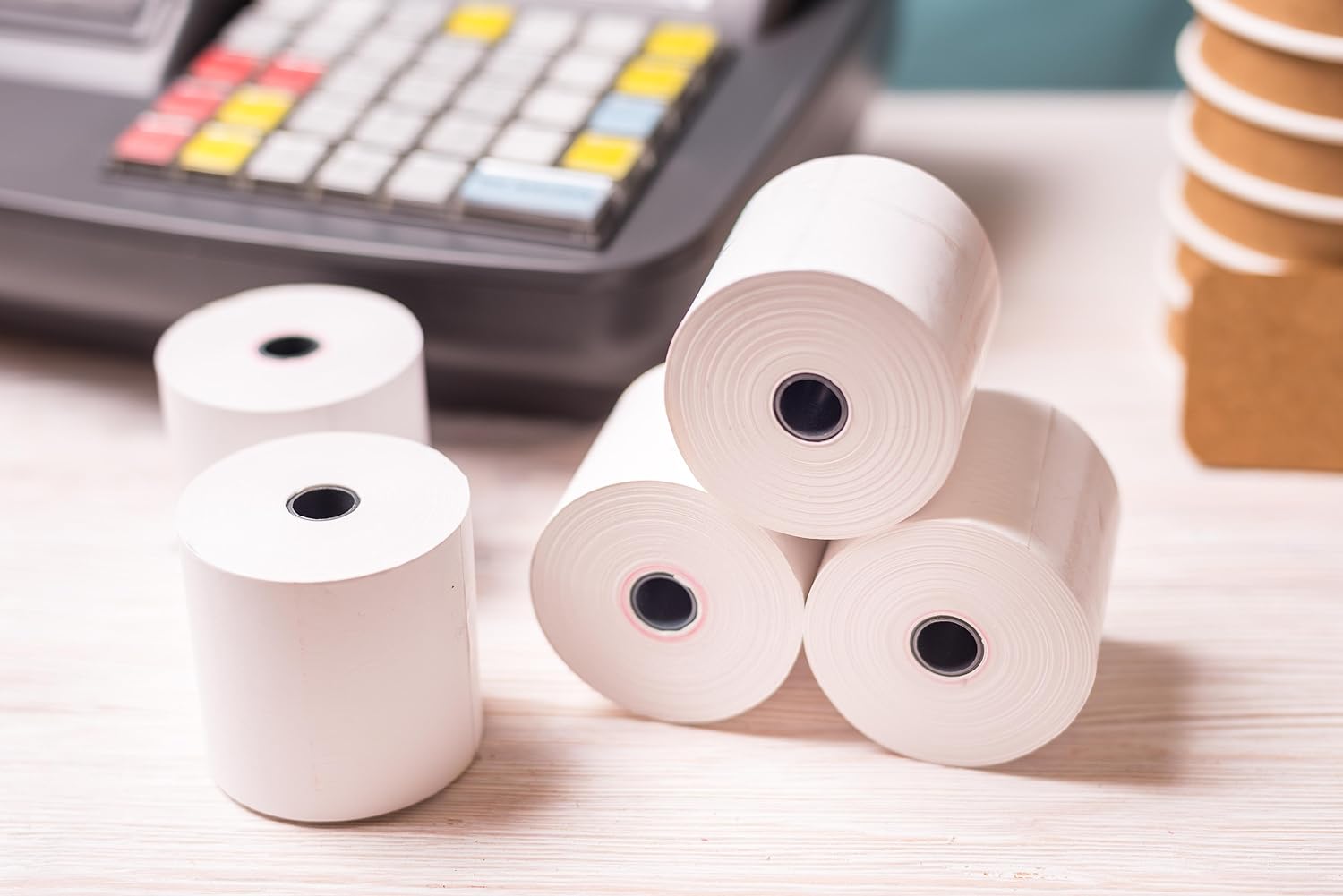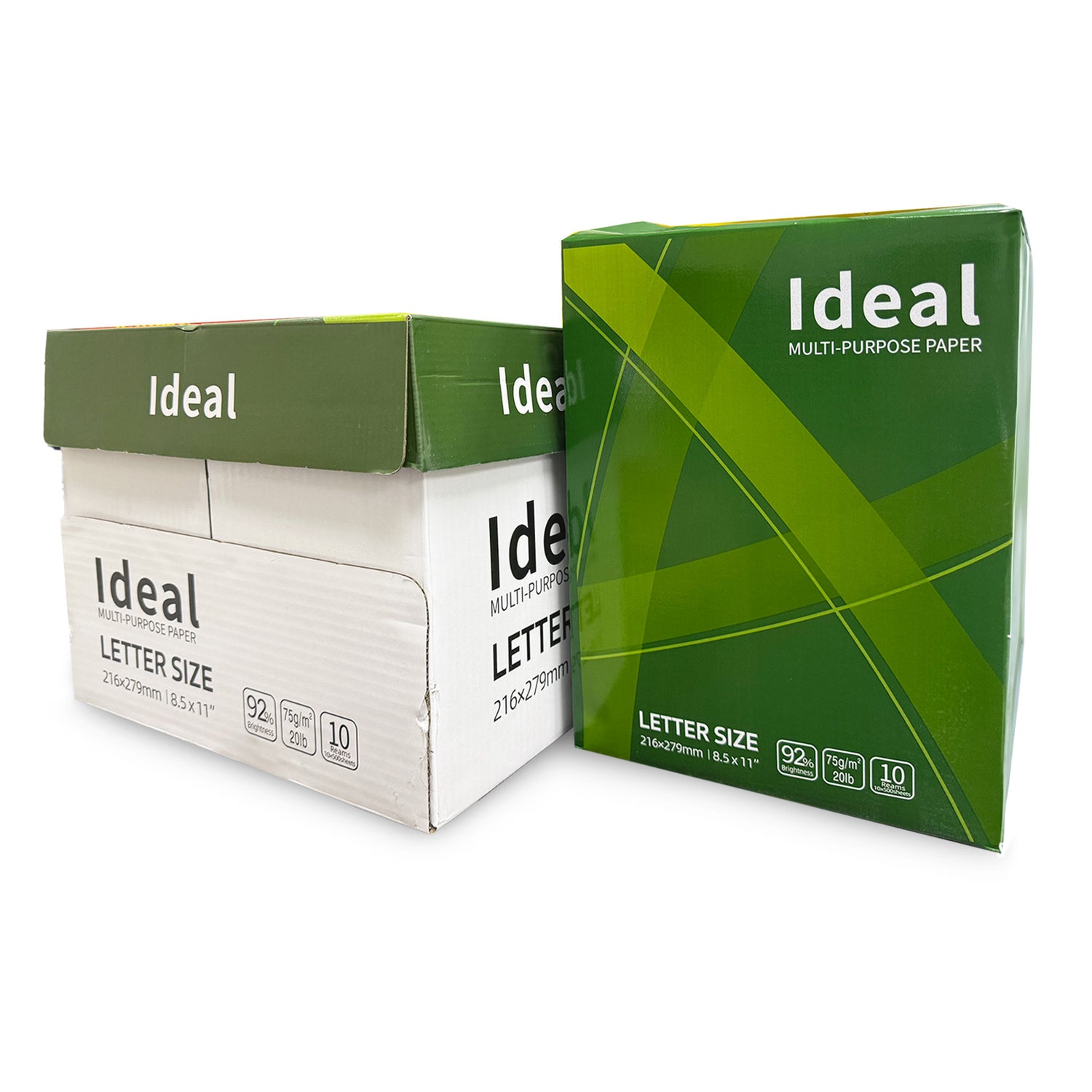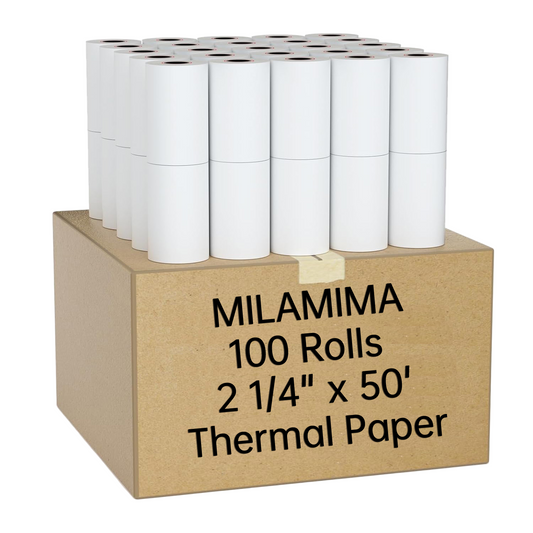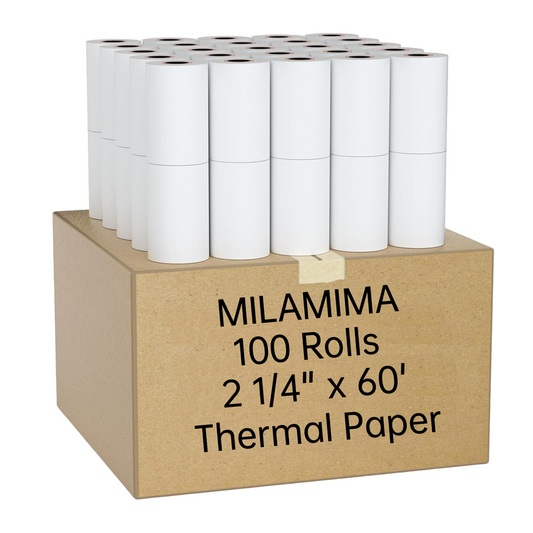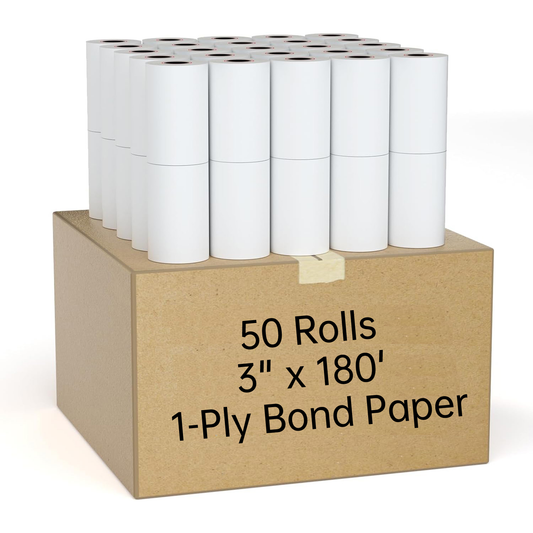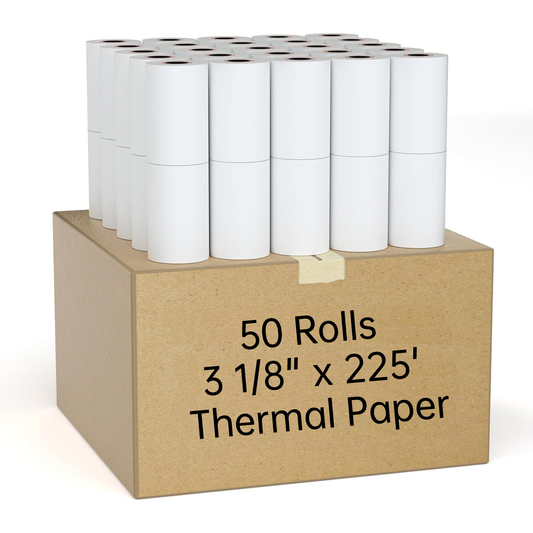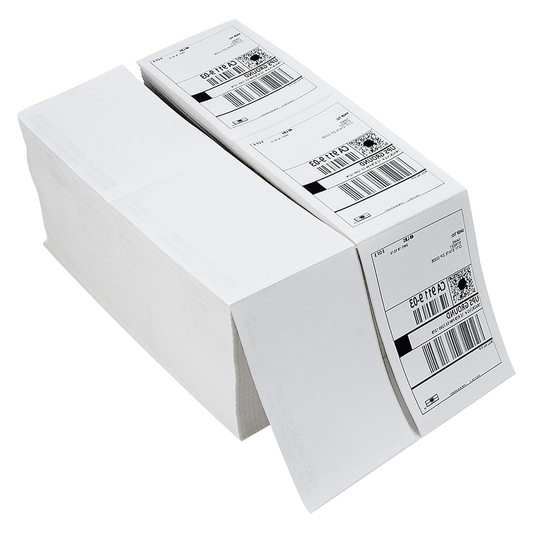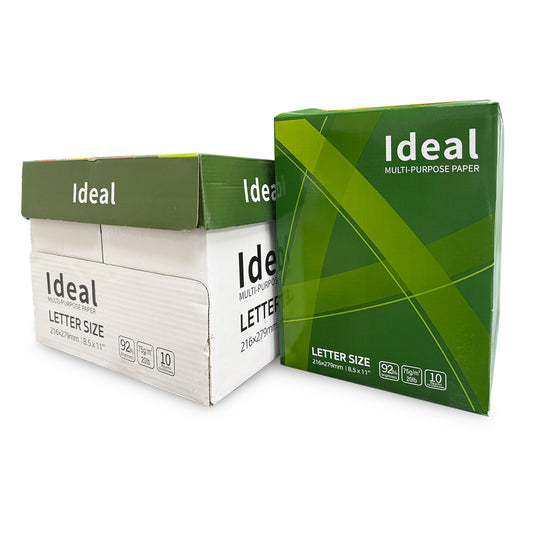Selecting the perfect pair of binoculars can be a daunting task, especially with the myriad of options available in different sizes, performance classes, and price ranges. Whether you're a beginner or an experienced user, finding binoculars that fit your specific needs is essential. Here's a guide to help you navigate through the important factors and make an informed decision.
Step 1: Determine Your Purpose
Understanding the primary use of your binoculars is the first and most crucial step. Binoculars are optimized for various activities such as bird watching, hiking, stargazing, and sports events. Here’s a quick breakdown:
- Hiking and Travel: Opt for lightweight, compact binoculars to avoid carrying extra weight on your adventures. Compact models (e.g., 8x25 or 10x25) are ideal for portability.
- Bird Watching and Wildlife Viewing: Mid-sized (e.g., 8x42 or 10x42) offer a good balance between magnification, field of view, and light gathering capability, making them perfect for spotting birds and animals in different light conditions.
- Stargazing: Full-sized binoculars (e.g., 10x50 or larger) with large objective lenses are best for gathering light and providing bright images of the night sky.
Step 2: Understand Binocular Specifications
Binoculars are described by two numbers, such as 8x42. Here’s what they mean:
- Magnification (First Number): This indicates how many times larger an object appears compared to the naked eye. For instance, 8x means the object looks eight times closer.
- Objective Lens Diameter (Second Number): This is the diameter of the front lens in millimeters. Larger diameters (e.g., 42mm, 50mm) collect more light, resulting in brighter images, especially in low light conditions.
Step 3: Magnification vs. Stability
Higher magnification means a closer view, but it also increases image shake. For beginners, 8x or 10x magnification is ideal because it balances zoom and stability. Magnifications above 10x can be challenging to handle without a tripod due to image shake.
Step 4: Field of View
The field of view is the width of the observable area at a distance of 1000 yards. A wider field of view helps in locating and tracking moving objects, making it crucial for bird watching and wildlife viewing. It’s usually represented in feet (e.g., 367 feet/1000 yards) or degrees.
Step 5: Low Light Performance
For activities in dim light conditions, consider the twilight factor and exit pupil:
- Twilight Factor: This value indicates the binoculars’ effectiveness in low light. It's calculated as the square root of (magnification x objective lens diameter). For example, 10x50 binoculars have a twilight factor of √500 = 22.3. However, it’s more practical to focus on the exit pupil for low light performance.
- Exit Pupil: This is the diameter of the light beam exiting the eyepiece, calculated by dividing the objective lens diameter by the magnification (e.g., 10x50 binoculars have an exit pupil of 5mm). For low light conditions, a larger exit pupil (4mm to 7mm) is preferable.
Step 6: Consider Optical Quality
Optical quality is influenced by the type of glass and coatings used in the lenses:
- Lens Coatings: Look for binoculars with fully multi-coated (FMC) lenses for the best light transmission and image clarity. Coatings reduce reflections and enhance brightness.
- Glass Type: High-quality glass types, such as Extra-low Dispersion (ED) glass, provide sharper images and better color fidelity.
Step 7: Eye Relief and Adjustments
Eye Relief: This is the distance from the eyepiece to your eye while still seeing the full field of view. If you wear glasses, look for binoculars with at least 15mm of eye relief.
Diopter Adjustment: This feature allows you to fine-tune the focus for each eye individually, ensuring a sharp image for users with differing vision in each eye.
Step 8: Durability and Weatherproofing
For outdoor activities, ensure your binoculars are waterproof and fog-proof, often indicated by an IP rating. Rubber armor provides additional protection and a better grip.
Conclusion
Choosing the right binoculars involves balancing magnification, lens size, weight, and optical quality to suit your specific needs. For general use, an 8x42 or 10x42 pair offers excellent versatility. Compact models are perfect for travel, while larger binoculars are ideal for stargazing. By considering these factors, you’ll be well-equipped to make a smart and satisfying purchase.
For a detailed review of the best binoculars available, check out our best binoculars to see which models we recommend and why.


